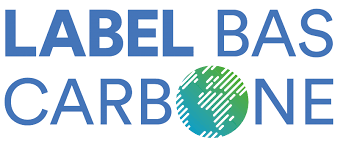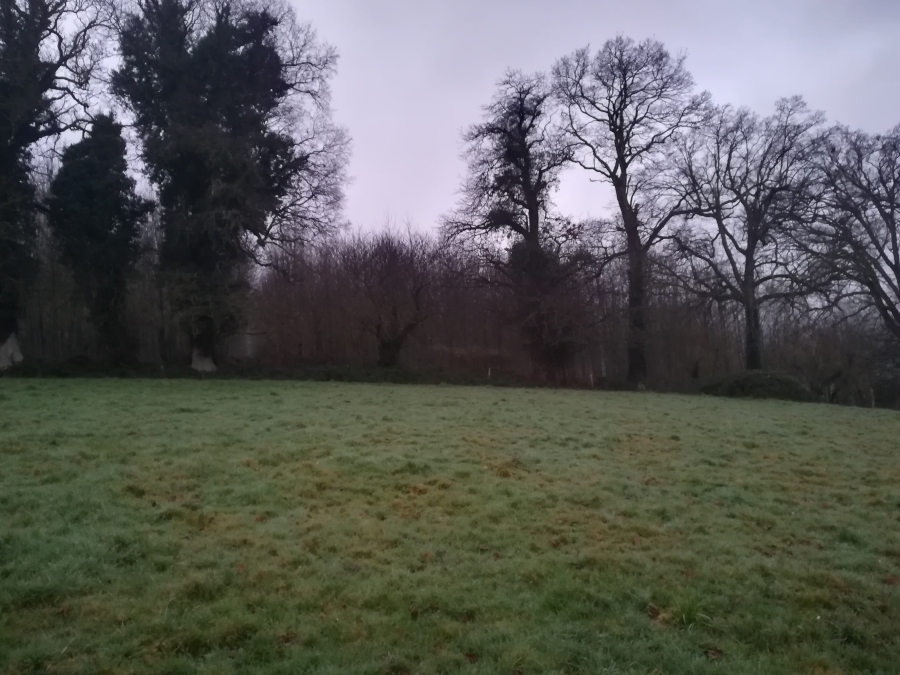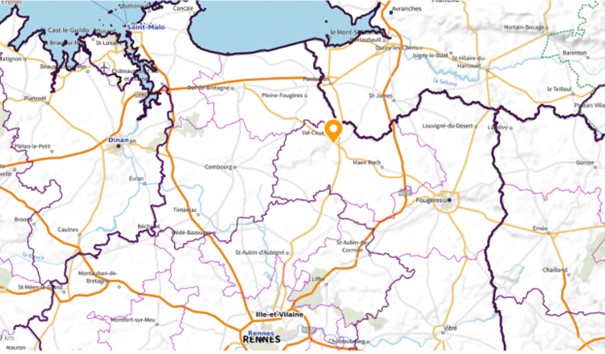Afforestation Val-Couesnon

Auzou with Up2Green reforestation
Editions Auzou, together with Up2Green Reforestation, have contributed 403 tonnes of CO2 to the Val-Couesnon afforestation project. These will be verified at the end of the audit carried out 5 years after planting.





